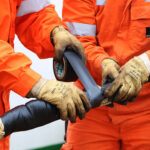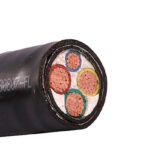Development of Submarine Cables
In 1988, a transoceanic submarine optical cable (TAT-8) system was installed between the United States, Britain and France, with a total length of 6,700 kilometers.This optical cable contains 3 pairs of optical fibers, each pair has a transmission rate of 280Mb/s, and the relay station distance is 67 kilometers. This is the first communication submarine … Read more


